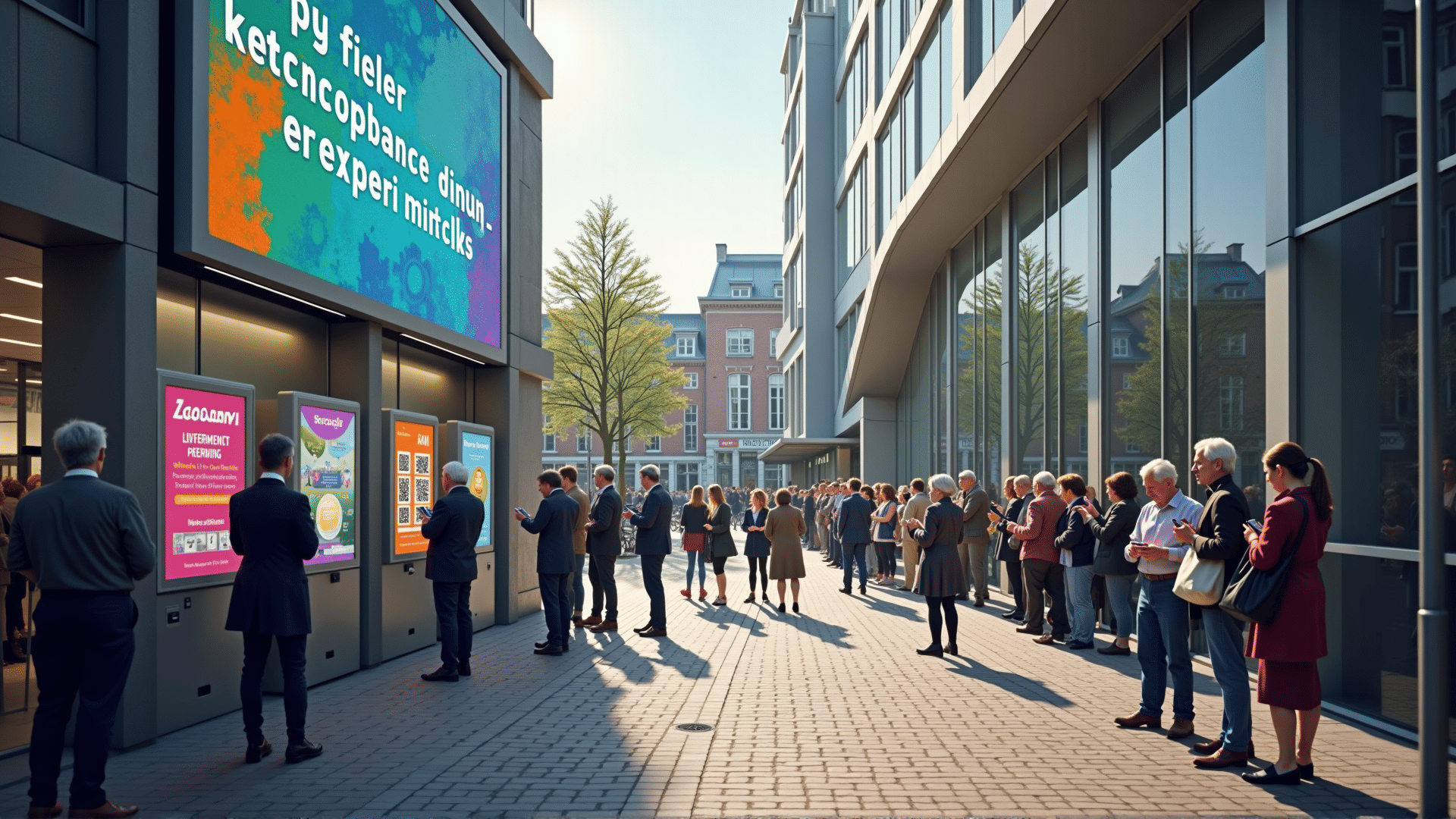The Netherlands has firmly established itself as a dynamic player in the e-commerce sector, demonstrating remarkable growth and innovation. This trend is driven by several factors, including a high degree of digital literacy, excellent internet penetration, and a robust logistical infrastructure. Additionally, the pragmatic use of existing infrastructure, such as repurposed buildings and strategic ATM placement, further fuels this growth, enhancing both the efficiency and reach of e-commerce operations.
One innovative strategy harnessed by e-commerce companies in the Netherlands is the creative repurposing of buildings. As the market expands and the need for vast storage and efficient distribution becomes more pressing, businesses are turning to unconventional spaces for fulfilment and warehousing purposes. Vacant office buildings, dilapidated industrial sites, and unused municipal properties are transformed into vibrant hubs of e-commerce activity. These spaces are not only cost-effective compared to new developments but also contribute to sustainability by recycling existing structures.
This trend towards using repurposed buildings is particularly significant in urban areas where space is at a premium. Companies can maintain proximity to their customer base, ensuring quick and efficient delivery times, an essential factor in maintaining competitive advantage. Moreover, this approach aligns with the country's broader environmental goals by minimizing the ecological footprint associated with new construction.
Another intriguing development is the innovative use of ATMs as a part of the e-commerce ecosystem. Traditionally seen solely as financial service machines, ATMs in the Netherlands are being reimagined to serve multiple purposes. In collaboration with financial institutions, e-commerce businesses are adapting these ubiquitous machines to function as secure delivery and return points.
This adaptation benefits both consumers and companies. For the customer, it offers the flexibility of collecting packages or dropping off returns outside of typical business hours, thus catering to the 24/7 lifestyle. For businesses, it provides a decentralized solution to logistics challenges, reduces last-mile delivery costs, and capitalizes on the extensive ATM network already in place.
The thriving e-commerce environment in the Netherlands is also supported by a culture that embraces technology and innovation. The country's tech-savvy population is quick to adopt new technologies, making the integration of digital solutions seamless. Payment systems, for instance, have evolved to meet the demands of a cashless society, with digital wallets, contactless payments, and secure online transactions now the norm.
Moreover, the Dutch e-commerce sector benefits from strong governmental support and strategic partnerships with tech companies. Initiatives aimed at improving digital infrastructure, incentivizing green logistics, and fostering innovation provide a conducive environment for continued growth.
In conclusion, the e-commerce boom in the Netherlands is underpinned by a combination of strategic innovations and a conducive societal framework. The creative repurposing of buildings and multifunctional use of ATMs illustrate how companies are adapting to meet consumer demands efficiently and sustainably. As technology continues to evolve and consumer expectations grow, the Netherlands is well-positioned to remain at the forefront of e-commerce innovation in Europe.
